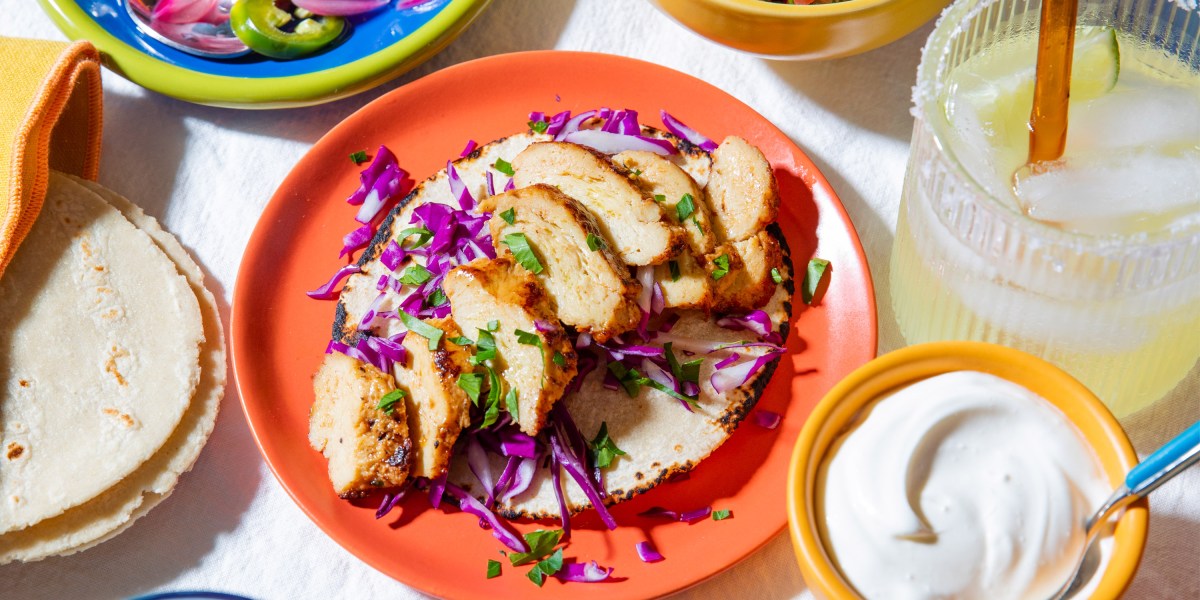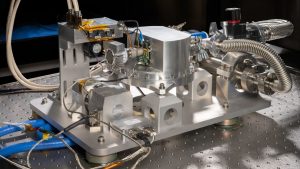The Download: lab-grown chicken, and rewilding the world

How it’s grown: Most meat alternatives on the market today are made using plants. Cultivated meat products are made using animal cells that are grown in bioreactors. Tissue samples from living animals are isolated and their cells grown in a lab. As those cells grow and multiply, they can be processed into food.
Why it’s important: This pair of approvals are first of their kind in the US. Animal agriculture makes up nearly 15% of human-caused global greenhouse-gas emissions, and the two companies are among a growing number of enterprises working to bring alternatives to market that have the potential to cut emissions. Read the full story.
—Casey Crownhart
What “rewilding” means—and what’s missing from this new movement
Repairing the damage humans have done to the planet is a colossal challenge. One way we can restore some of its natural ecosystems is through rewilding: making more room for natural processes and allowing other species the freedom to shape their environments, with human management kept to a minimum.
Not since the eco-utopian communes of the 1960s and ’70s has there been such an appetite for practical guides to engineer our surroundings to meet the needs of nature. A growing number of books propose practical projects to repair the natural environment, with the aim of leading us out from ecological anxiety toward hope for a wilder world. Matthew Ponsford takes a look at three new titles, and what those of us without hectares of land to our names can do to help. Read the full story.
This story is from our forthcoming print issue, which is all about accessibility. If you haven’t already, subscribe to make sure you don’t miss out on future stories—subscriptions start from just $80 a year.






